This book is dedicated to those teachers, researchers, educators, and leaders who have kept their common sense and are beseeching the educational community to reach an effective, working consensus on how best to teach our children to read. I hope the information provided herewhich summarizes and highlights a tremendous amount of research and thinking by the leading experts in the literacy fieldwill help them achieve this laudable goal.
Copyright 2001 by Corwin
First Skyhorse Publishing edition 2014
All Rights Reserved. No part of this book may be reproduced in any manner without the express written consent of the publisher, except in the case of brief excerpts in critical reviews or articles. All inquiries should be addressed to Skyhorse Publishing, 307 West 36th Street, 11th Floor, New York, NY 10018.
Skyhorse Publishing books may be purchased in bulk at special discounts for sales promotion, corporate gifts, fundraising, or educational purposes. Special editions can also be created to specifications. For details, contact the Special Sales Department, Skyhorse Publishing, 307 West 36th Street, 11th Floor, New York, NY 10018 or .
Skyhorse and Skyhorse Publishing are registered trademarks of Skyhorse Publishing, Inc., a Delaware corporation.
www.skyhorsepublishing.com
10 9 8 7 6 5 4 3 2 1
Library of Congress Cataloging-in-Publication Data is available on file.
ISBN: 978-1-62873-650-2
eISBN: 978-1-62914-009-4
Printed in China
Contents
Reading Instruction for Early First Grade
Resource A
Preface
 When I wrote the first edition of this book, there was a great deal of controversy about the role of direct skill instruction in teaching children to read. In the past 5 years, scientific research and studies of effective teaching practices have quelled the controversy. Today, except for a few holdouts, there is general consensus that in addition to varied language-based and literature-based activities, reading instruction should include explicit and systematic instruction in the basic skills that help students become fluent, automatic readers. Across the country, policy makers, educators, and publishers have begun to respond. The real challenge is how to implement what we know are the best research-based practices in adopting reading materials, in training teachers, and in school leadership.
When I wrote the first edition of this book, there was a great deal of controversy about the role of direct skill instruction in teaching children to read. In the past 5 years, scientific research and studies of effective teaching practices have quelled the controversy. Today, except for a few holdouts, there is general consensus that in addition to varied language-based and literature-based activities, reading instruction should include explicit and systematic instruction in the basic skills that help students become fluent, automatic readers. Across the country, policy makers, educators, and publishers have begun to respond. The real challenge is how to implement what we know are the best research-based practices in adopting reading materials, in training teachers, and in school leadership.
I cofounded the Coalition on Reading (CORE) to help educators meet this challenge. Since 1995, CORE has worked collaboratively with schools and districts, committed to the goal of helping all students learn to read. To date, CORE has trained more than 17,000 educators in 600 schools and 70 school districts throughout the western states. We have seen significant results. In California, for example, in 2000, CORE trained the teachers of more than 18,000 second grade students. These students gained an average of 13 percentile points on the SAT-9 test from 1998 to 2000approximately 50% more than the gain experienced in the rest of the state. When effective materials and competent leadership were present, the CORE schools did even better. Similar results have been achieved in CORE schools in other states and in non-CORE projects, such as those in Inglewood and Sacramento, California, and in Fort Worth, Texas, where schools have implemented a systematic, explicit program of sequenced skills development in reading.
This second edition has grown out of the experiences of scores of dedicated teachers and their success in the classroom. It provides an updated overview of important research and instructional strategies that will bring all students to higher levels of literacy. Expanded sections on phonics instruction; connected practice with decodable text; fluency; multisyllabic word instruction; spelling; vocabulary and concept development; strategic reading; text organization; book discussions; and literacy benchmarks, assessment, and intervention are included. New tables with sound/spelling correspondences and percentages are provided in Resource A. There are also revisions to the major points discussed in Resource B.
For more information about proven practices in the teaching of reading, please refer to the CORE Literacy Series: CORE Teaching Reading Sourcebook (Honig, Diamond, & Gutlohn, 2000), CORE Assessing Reading (CORE, 2000), and CORE Reading Research Anthology (CORE, 1999b).
Acknowledgments
I want to thank Jacalyn Mahler whose special talent in understanding reading and able editing made this revision possible, the CORE staff for its tireless efforts to improve reading instruction, the CORE Advisory Board, and those teachers and administrators who have used the research discussed in this book to help countless students learn to read.
Bill Honig
About the Author
Bill Honig is the cofounder and president of CORE, a professional development organization that has helped thousands of educators successfully implement comprehensive, research-based literacy programs. From 1983 to 1993, he was California State Superintendent of Public Instruction. Under his leadership, the State Department of Education issued nationally renowned frameworks in each of the disciplines. During his tenure as Visiting Distinguished Professor at San Francisco State University, he served as director of the Center for Systemic School Reform.
Bill Honig is coauthor of CORE: Teaching Reading Sourcebook, which is part of the CORE Literacy Series. He is also the author of Last Chance for Our Children: How You Can Help Save Our Schools (1985) and the Handbook for Planning an Effective Reading Program (1979). In addition to these titles, he has written numerous articles and been the recipient of several prestigious awards.
The Case for a Balanced Approach
 The first and foremost job of elementary school is to teach children to read. The reading program in every school should enable almost every student to be able to read fluently and understand grade-appropriate material by the end of elementary school; to have read a large number of books, magazines, and other informational text; to reach high levels of comprehension ability; and to enjoy and learn from reading. These goals can be achieved only if most students are able to decode and read beginning material by the mid-first grade and have perfected these basic skills to tackle more difficult texts by third grade. Most students who fail to learn to read by this time are destined to fall farther and farther behind in school and are effectively prevented from capitalizing on the power of education to improve and enrich their lives (Juel 1988, 1994; Stanovich 1986, 1993b). Yet large numbers of students do not become readers early enough to develop the skills and experience to read age-appropriate materials throughout their elementary careers and are, in effect, excluded from instruction.
The first and foremost job of elementary school is to teach children to read. The reading program in every school should enable almost every student to be able to read fluently and understand grade-appropriate material by the end of elementary school; to have read a large number of books, magazines, and other informational text; to reach high levels of comprehension ability; and to enjoy and learn from reading. These goals can be achieved only if most students are able to decode and read beginning material by the mid-first grade and have perfected these basic skills to tackle more difficult texts by third grade. Most students who fail to learn to read by this time are destined to fall farther and farther behind in school and are effectively prevented from capitalizing on the power of education to improve and enrich their lives (Juel 1988, 1994; Stanovich 1986, 1993b). Yet large numbers of students do not become readers early enough to develop the skills and experience to read age-appropriate materials throughout their elementary careers and are, in effect, excluded from instruction.
Access to further education, high-skilled jobs, and a chance to participate fully as informed citizens depends in large part on school success, which itself is highly correlated with the ability to read. Given what is known today about the techniques of teaching youngsters to read, no reason exists for this potentially dangerous state of affairs. Reading failure is preventable.
Educators must examine current reading practices critically; identify the most successful programs and approaches; and enlist teachers, parents, and leaders responsible for educating our children in the common goal of remedying this unnecessary situation.

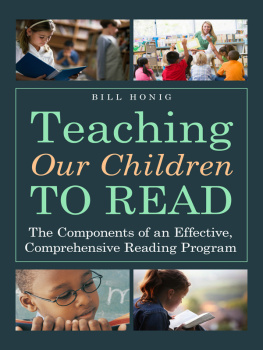


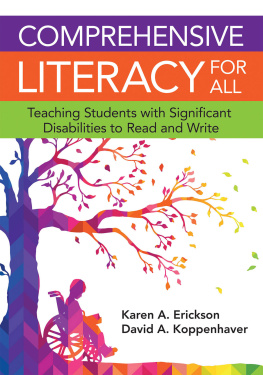
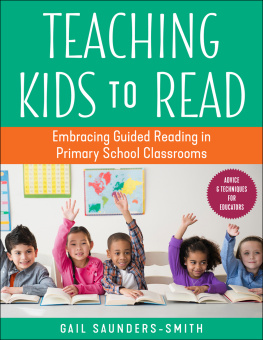
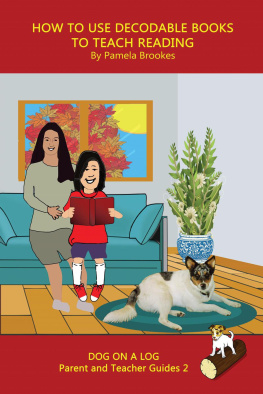
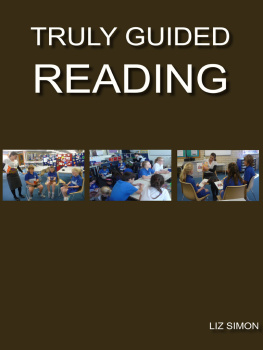
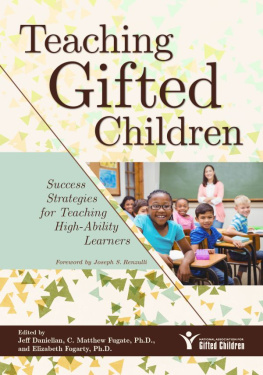





 When I wrote the first edition of this book, there was a great deal of controversy about the role of direct skill instruction in teaching children to read. In the past 5 years, scientific research and studies of effective teaching practices have quelled the controversy. Today, except for a few holdouts, there is general consensus that in addition to varied language-based and literature-based activities, reading instruction should include explicit and systematic instruction in the basic skills that help students become fluent, automatic readers. Across the country, policy makers, educators, and publishers have begun to respond. The real challenge is how to implement what we know are the best research-based practices in adopting reading materials, in training teachers, and in school leadership.
When I wrote the first edition of this book, there was a great deal of controversy about the role of direct skill instruction in teaching children to read. In the past 5 years, scientific research and studies of effective teaching practices have quelled the controversy. Today, except for a few holdouts, there is general consensus that in addition to varied language-based and literature-based activities, reading instruction should include explicit and systematic instruction in the basic skills that help students become fluent, automatic readers. Across the country, policy makers, educators, and publishers have begun to respond. The real challenge is how to implement what we know are the best research-based practices in adopting reading materials, in training teachers, and in school leadership.